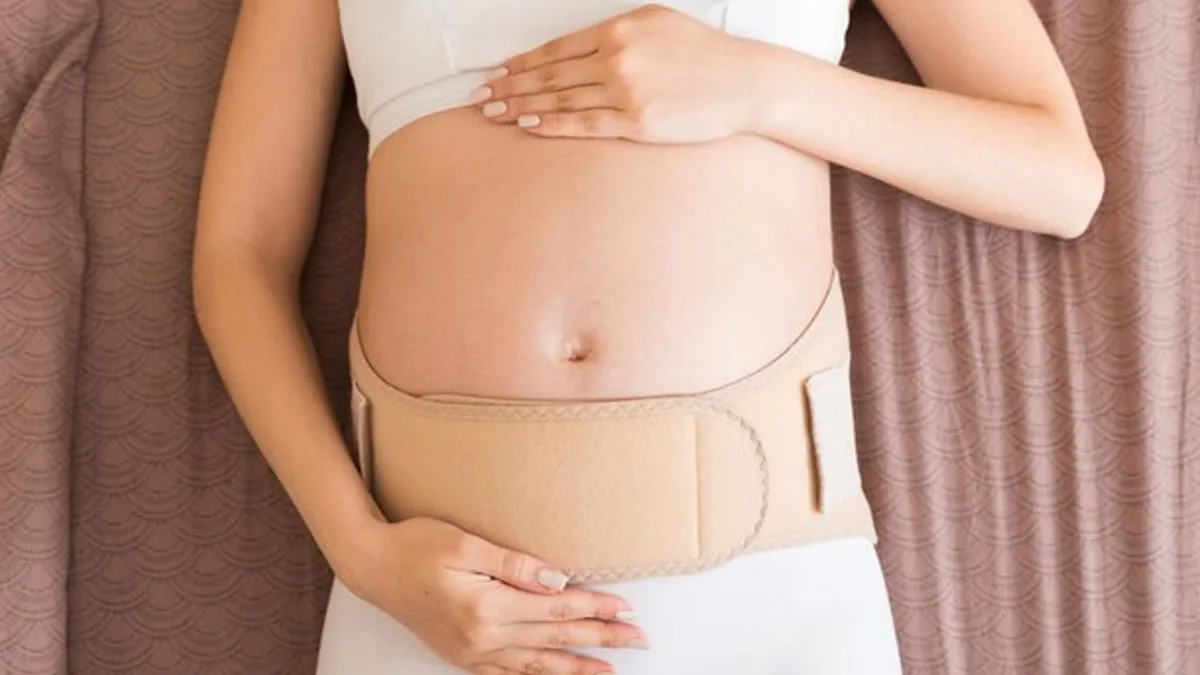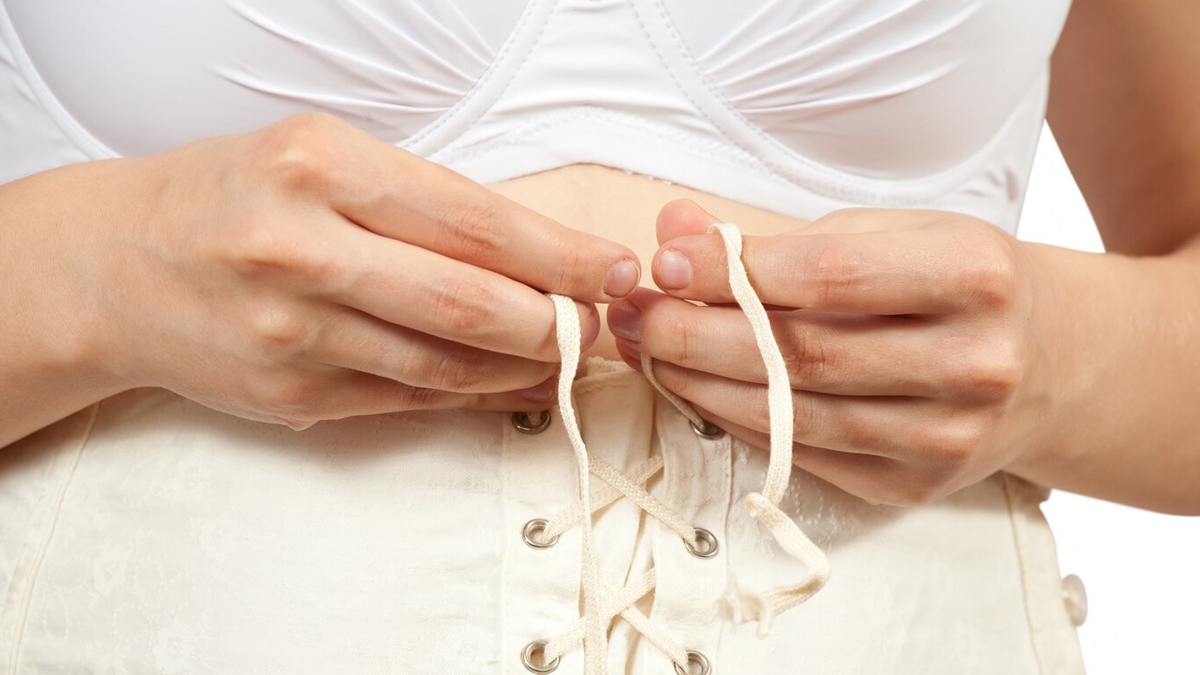
The challenges of a mother do not stop at childbirth. Many new mothers look for ways to support their healing bodies. Among the popular choices are postpartum belly bands, elastic bands that wrap around the abdomen, marketed as tools for core support, posture improvement, and even faster recovery. But how effective are they really? Dr Abha Majumdar, Senior Consultant, Obstetrics and Gynaecology, Sir Gangaram Hospital, Delhi, breaks it down.
Table of Content:-
What Are Postpartum Belly Bands?

Postpartum belly bands are wide elastic bands that cover and gently compress the abdomen after childbirth. “They have a similar function to abdominal belts, which were used in earlier days to tighten the abdominal wall muscles,” explains Dr Majumdar. The idea is to support the abdominal wall, which has lost some muscle strength due to the stretching that occurs during pregnancy.
Also Read: Decrease in Breast Size After Delivery: Is It Normal and What Can You Do?
What Do They Claim To Do?
These bands are often promoted as a solution for:
- Supporting weakened abdominal muscles
- Helping the uterus return to its pre-pregnancy size
- Improving posture
- Reducing discomfort during daily activities
According to Dr Majumdar, they “give support to the abdominal wall which has lost its muscle strength due to overstretching of pregnancy.”
Is There Scientific Proof?

While the claims are appealing, there’s very little scientific evidence to back them up. “Muscles need to be exercised to develop and support the abdomen permanently,” Dr Majumdar says. The bands can only offer temporary support, particularly during activities like climbing stairs or engaging in other jerky movements that could strain the abdomen. In some cases, they may help prevent abdominal hernias in the early postpartum period.
Also Read: Early Postpartum Exercise: How To Get Started Safely, Tells Maternal Fitness Educator Sucheta Pal
Can They Help With Posture Or Diastasis Recti?
Diastasis recti, also known as abdominal separation, is the separation of the muscles that run along the front of your abdomen at the linea alba, a fibrous tissue that connects them.
StatPearls Publishing describes it as an increased distance between the rectus abdominis muscles at the midline caused by weakness in the anterior abdominal wall. It is a common condition in women after childbirth where the rectus abdominis muscles, the "six-pack" muscles, separate along the linea alba.
Do postpartum belly bands help this condition or posture in general? Dr Majumdar shares that posture and core strength are largely dependent on exercise, not external support. “Truly, it is only exercise which helps posture as well as diastasis recti recovery,” Dr Majumdar points out. However, she notes that belly bands can offer short-term relief in physically demanding situations.
Possible Risks Of Overuse Or Improper Wear

Like many supportive devices, belly bands can be counterproductive if used incorrectly. Over-reliance can actually weaken abdominal muscles over time. “If it is used for a long time, the muscles do not develop, and hence there could be permanent loss of abdominal tone,” warns Dr Majumdar. Improper positioning can also reduce their effectiveness or cause discomfort.
Guidelines For Safe Use
If new mothers choose to try a postpartum belly band, Dr. Majumdar suggests keeping these points in mind:
- Use intermittently – only wear during times of increased physical activity or movement.
- Ensure correct fit – Follow instructions for proper placement to avoid discomfort or ineffectiveness.
- Prioritise exercise – Incorporate abdominal strengthening workouts to regain muscle tone.
- Avoid during workouts – Do not wear the band while exercising, as it may restrict natural movement.
- Use early postpartum – wearing the band after three months postpartum offers little benefit.
Conclusion
Postpartum belly bands can be a useful short-term aid for comfort and support in the initial weeks after childbirth. However, they are not a substitute for the real work of recovery: gradual, consistent exercise to rebuild abdominal strength. Think of them as a temporary helper, not a long-term solution.
As Dr Majumdar sums it up: “These bands only give temporary support, especially in heavy activity immediately after childbirth. True recovery comes from exercising your muscles so they can support you permanently.”
Also watch this video
How we keep this article up to date:
We work with experts and keep a close eye on the latest in health and wellness. Whenever there is a new research or helpful information, we update our articles with accurate and useful advice.
Current Version